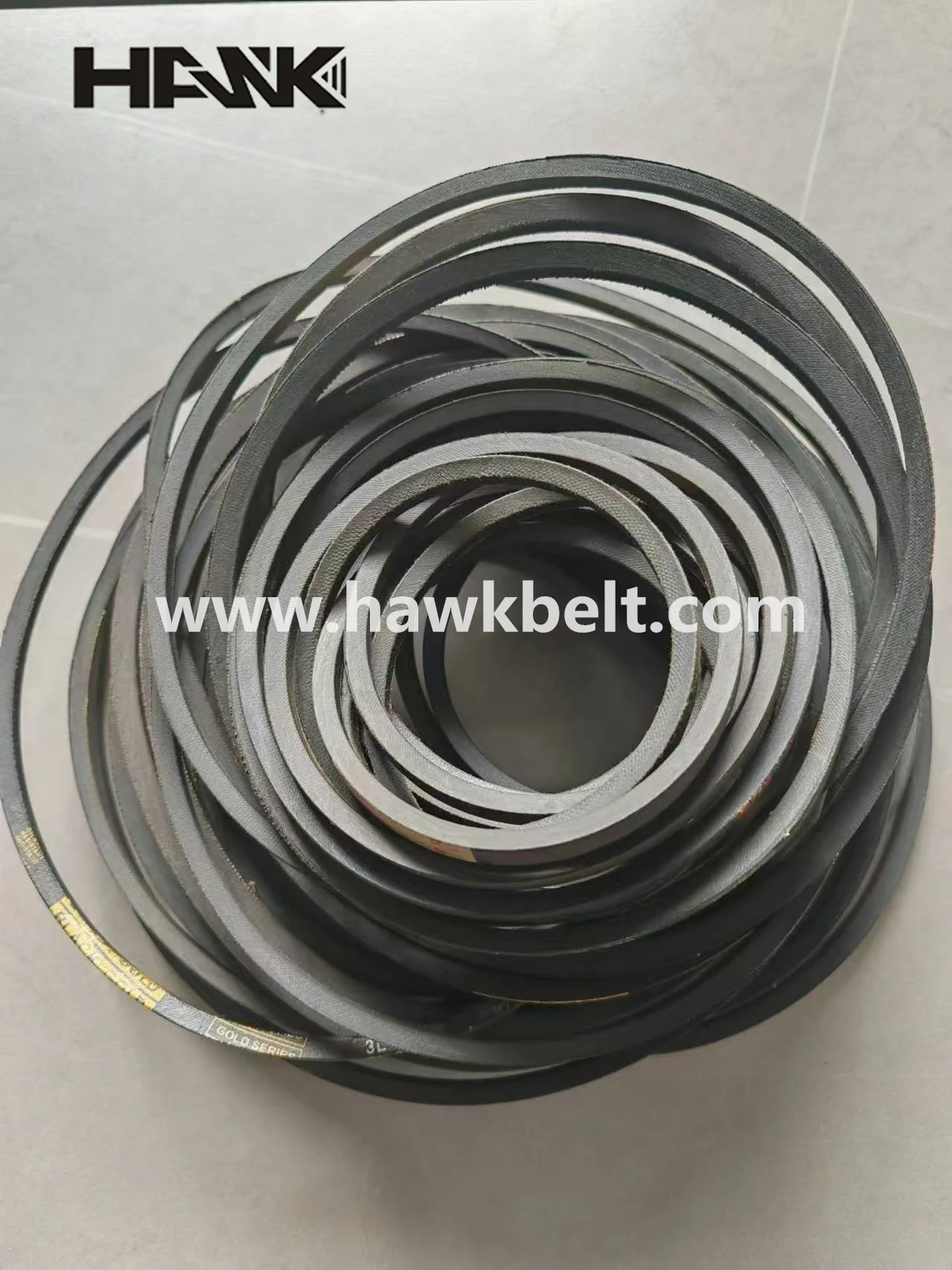- Arabic
- French
- Russian
- Spanish
- Portuguese
- Turkish
- Armenian
- English
- Albanian
- Amharic
- Azerbaijani
- Basque
- Belarusian
- Bengali
- Bosnian
- Bulgarian
- Catalan
- Cebuano
- Corsican
- Croatian
- Czech
- Danish
- Dutch
- Afrikaans
- Esperanto
- Estonian
- Finnish
- Frisian
- Galician
- Georgian
- German
- Greek
- Gujarati
- Haitian Creole
- hausa
- hawaiian
- Hebrew
- Hindi
- Miao
- Hungarian
- Icelandic
- igbo
- Indonesian
- irish
- Italian
- Japanese
- Javanese
- Kannada
- kazakh
- Khmer
- Rwandese
- Korean
- Kurdish
- Kyrgyz
- Lao
- Latin
- Latvian
- Lithuanian
- Luxembourgish
- Macedonian
- Malgashi
- Malay
- Malayalam
- Maltese
- Maori
- Marathi
- Mongolian
- Myanmar
- Nepali
- Norwegian
- Norwegian
- Occitan
- Pashto
- Persian
- Polish
- Punjabi
- Romanian
- Samoan
- Scottish Gaelic
- Serbian
- Sesotho
- Shona
- Sindhi
- Sinhala
- Slovak
- Slovenian
- Somali
- Sundanese
- Swahili
- Swedish
- Tagalog
- Tajik
- Tamil
- Tatar
- Telugu
- Thai
- Turkmen
- Ukrainian
- Urdu
- Uighur
- Uzbek
- Vietnamese
- Welsh
- Bantu
- Yiddish
- Yoruba
- Zulu
Avg . 22, 2024 03:31 Back to list
Timing Belt Solutions for Automatic Door Systems and Their Efficient Operation
Understanding Automatic Door Timing Belts
In the world of automated systems, efficiency and reliability are paramount. One of the vital components that enhance the performance of automatic doors is the timing belt. These belts are not merely mechanical parts; they play an essential role in ensuring that automated doors operate smoothly and effectively.
What is a Timing Belt?
A timing belt is a specific type of belt used in machinery to synchronize the rotation of shafts. Unlike other belts, timing belts have teeth that engage with corresponding grooves on the pulleys, ensuring precise timing and movement. This feature is crucial for automatic doors, which often require accurate, timed movements to open and close seamlessly.
The Role of Timing Belts in Automatic Doors
Automatic doors, whether sliding, swinging, or folding, rely on a series of components working in harmony. At the heart of this system lie the timing belts. These belts connect the motor to the door mechanism, ensuring that the door opens and closes at the right speed and timing. The reliability of the timing belt directly affects the overall functionality of the door.
When someone approaches an automatic door, motion sensors detect their presence, sending a signal to the motor to activate the door mechanism. The timing belt then transmits this energy to the door, facilitating smooth movement. Without a reliable timing belt, doors could malfunction, leading to safety hazards or inconvenience.
Advantages of Timing Belts
1. Precision and Control The teeth of the timing belt ensure that the door operates within set parameters. This precision allows for controlled opening and closing, which enhances user safety.
automatic door timing belt

2. Low Maintenance Timing belts typically require less frequent replacement compared to other mechanical systems. Their durable material and design can withstand various environmental conditions, making them ideal for commercial and residential applications.
3. Noise Reduction Unlike chains and other mechanical linkages, timing belts operate quietly. This is particularly advantageous in settings such as libraries, hospitals, or office buildings where noise levels need to be controlled.
4. Energy Efficiency Timing belts contribute to the energy-efficient operation of automatic doors. By allowing for smooth movement, they reduce the workload on the motor, leading to lower energy consumption.
Common Issues and Maintenance
While timing belts are robust, they are not immune to wear and tear. Common issues include fraying, misalignment, or wear on the teeth. Regular maintenance can help prevent these issues. Routine checks to ensure proper alignment and tension can prolong the lifespan of the belt and ensure that the door operates reliably.
If a timing belt is found to be worn, it is crucial to replace it promptly. Ignoring the signs of deterioration can lead to more significant mechanical failures, which may compromise the safety and functionality of the automatic door.
Conclusion
In conclusion, the timing belt is a foundational component of automatic door systems. Its precision, durability, and efficiency significantly enhance the functionality and reliability of these systems. Whether in commercial spaces or residential settings, understanding the importance of timing belts can lead to better maintenance practices and ultimately ensure a safer, more convenient experience for users. As technology advances, the design and material of timing belts will continue to evolve, promising even greater efficiency and longevity for automatic doors in the future.
-
Korean Auto Parts Timing Belt 24312-37500 For Hyundai/Kia
NewsMar.07,2025
-
7PK2300 90916-T2024 RIBBED BELT POLY V BELT PK BELT
NewsMar.07,2025
-
Chinese Auto Belt Factory 310-2M-22 For BMW/Mercedes-Benz
NewsMar.07,2025
-
Chinese Auto Belt Factory 310-2M-22 For BMW/Mercedes-Benz
NewsMar.07,2025
-
90916-02660 PK Belt 6PK1680 For Toyota
NewsMar.07,2025
-
drive belt serpentine belt
NewsMar.07,2025

